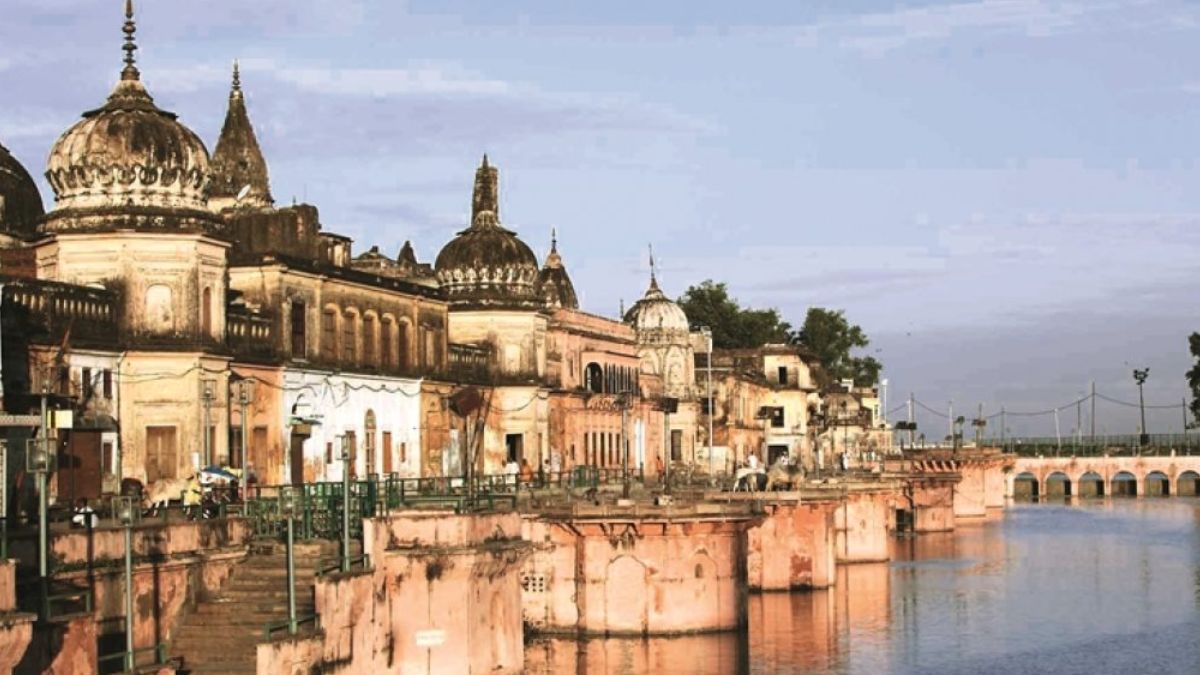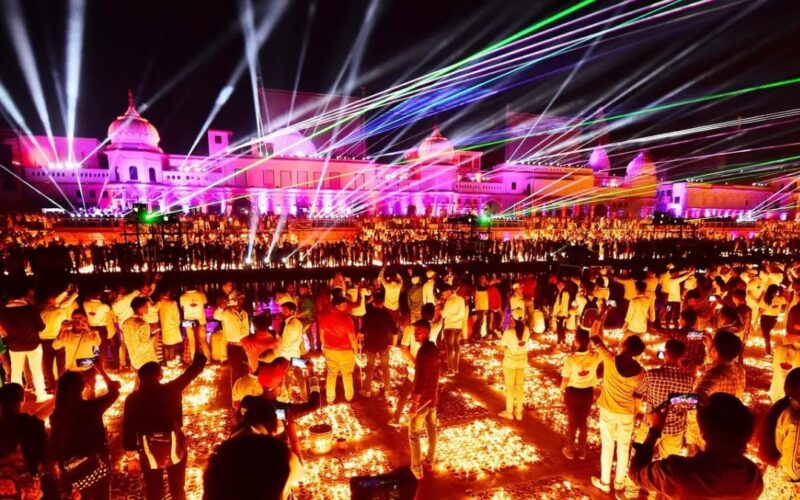Ayodhya, situated on the banks of the sacred Sarayu River, is a city that resonates with religious significance and historical heritage. Known as the birthplace of Lord Rama, a revered figure in Hinduism, Ayodhya is steeped in mythology and holds a special place in the hearts of millions. In this exploration, we unveil the top 10 facts about Ayodhya, shedding light on the cultural, religious, and historical facets that make it a city of profound importance.
Religious Significance
Ayodhya is considered one of the seven sacred cities (Sapta Puri) in Hinduism and holds immense religious significance. According to Hindu mythology, Ayodhya is believed to be the birthplace of Lord Rama, the seventh incarnation of Lord Vishnu. The city is mentioned in various ancient scriptures, including the Ramayana, as the capital of the ancient Kosala Kingdom.
Ramayana and Ayodhya’s Role
The epic poem Ramayana, attributed to the sage Valmiki, narrates the life of Lord Rama and his divine journey. Ayodhya plays a central role in the Ramayana, as it is depicted as the capital where Lord Rama was born, the kingdom he ruled, and the city he returned to after defeating the demon king Ravana. The story of Rama’s life and teachings has been a guiding force for millions of Hindus.
Ayodhya Dispute and Babri Masjid
Ayodhya gained global attention due to the Ayodhya dispute, primarily involving the Babri Masjid. The Babri Masjid, built in the 16th century, was situated in Ayodhya. The dispute revolved around the claim that the mosque was built on the birthplace of Lord Rama. The demolition of the Babri Masjid in 1992 led to significant social and political ramifications, sparking debates on religious tolerance and cultural heritage.
Historical Heritage
Beyond its religious significance, Ayodhya is a treasure trove of historical heritage. The city has archaeological remnants that date back to ancient times, showcasing the architectural and cultural prowess of different periods. The Ghats along the Sarayu River, the Kanak Bhavan, and the Hanuman Garhi are among the historical landmarks that attract visitors seeking a glimpse into Ayodhya’s rich past.
Ayodhya Architecture
Ayodhya boasts architectural marvels that blend various styles and periods. The Ram Janmabhoomi complex, which includes the makeshift temple and the proposed Ram Mandir, showcases intricate craftsmanship. The architectural diversity in Ayodhya reflects the city’s evolution over centuries and its enduring cultural significance.

Ayodhya Temples
The city is dotted with temples dedicated to various deities, attracting pilgrims and tourists alike. The Hanuman Garhi, dedicated to Lord Hanuman, is a prominent temple with a massive statue of the monkey god. The Nageshwarnath Temple, Sita ki Rasoi, and Treta Ke Thakur are among the other revered temples that contribute to Ayodhya’s spiritual aura.
Cultural Festivals
Ayodhya comes alive during cultural festivals, with Diwali being celebrated with unparalleled grandeur. The city illuminates with countless diyas (oil lamps) and decorations to mark the return of Lord Rama after defeating Ravana. The festival of lights in Ayodhya is a spectacle that draws visitors from across the country to witness the spiritual fervor and cultural richness.
Ayodhya’s Literary Legacy
Ayodhya has not only played a significant role in religious and historical contexts but also holds literary importance. Poets and writers across centuries have been inspired by Ayodhya’s beauty and spiritual resonance. The city’s mention in ancient texts, medieval poetry, and contemporary literature reflects its enduring influence on the literary landscape of India.
Ayodhya Tourism
In recent years, Ayodhya has seen increased tourism, with visitors exploring its religious and historical attractions. Efforts have been made to enhance infrastructure and amenities to accommodate the growing number of pilgrims and tourists. Ayodhya’s potential as a cultural and spiritual destination continues to be realized, contributing to the economic and cultural development of the city.
Development Initiatives
Ayodhya is undergoing transformative development initiatives to enhance its cultural and infrastructural aspects. The proposed Ram Mandir, scheduled to be built at the Ram Janmabhoomi site, is a significant project that symbolizes the city’s spiritual revival. The comprehensive development plans aim to showcase Ayodhya as a global center of heritage, spirituality, and cultural exchange.
Ayodhya, with its spiritual resonance, historical heritage, and cultural significance, stands as a testament to the enduring legacy of ancient civilizations. From the epic tales of the Ramayana to the architectural marvels and ongoing development initiatives, Ayodhya is a city that continues to captivate the imagination of millions. As Ayodhya embarks on a journey of cultural and infrastructural transformation, it remains a symbol of faith, unity, and the timeless threads that weave the tapestry of India’s rich cultural heritage.










